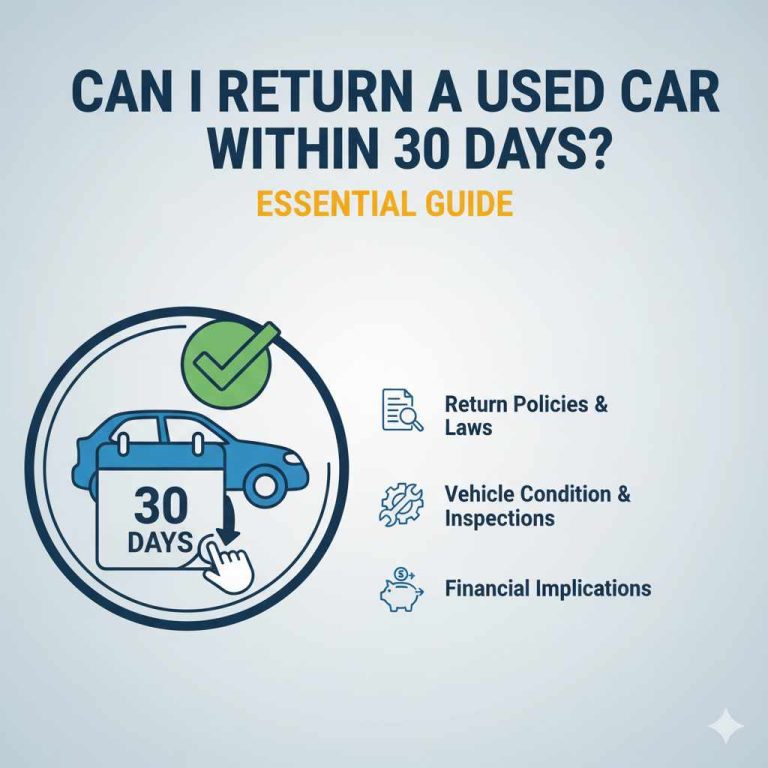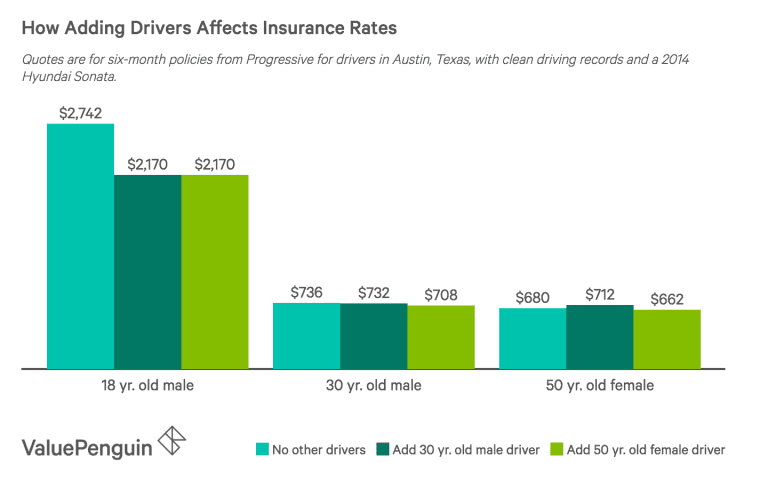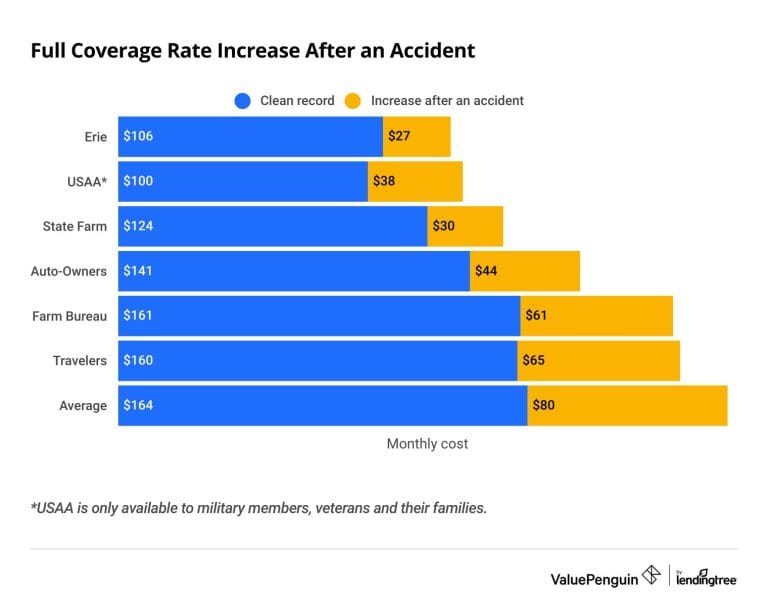How to Get Insurance for New Car: Quick & Easy Guide
Purchasing a new car is an exciting experience, but before hitting the road, it’s crucial to secure insurance coverage for your new vehicle. Navigating the process of obtaining insurance for a new car can seem daunting, but with the right information and guidance, you can streamline the process and ensure that you have the necessary coverage in place.
Understanding the Importance of New Car Insurance
New car insurance provides financial protection in the event of accidents, theft, or damage to your vehicle. It’s a legal requirement in most states, and failing to obtain proper insurance can result in hefty fines and legal consequences. Additionally, if you’re financing your new car, the lender will likely require you to carry comprehensive and collision coverage to protect their investment.
When to Get Insurance for Your New Car
Ideally, you should secure insurance for your new car before driving it off the dealership lot. Many dealerships require proof of insurance before allowing you to take possession of the vehicle. Additionally, having insurance in place from the moment you take ownership of the car ensures that you are protected from any unforeseen events that may occur during transit.
Steps to Obtain Insurance for a New Car
Research and Compare Insurance Providers
Before settling on an insurance provider, it’s essential to research and compare quotes from multiple companies. Look for insurers that offer comprehensive coverage at competitive rates, and take into consideration factors such as deductible amounts, coverage limits, and customer reviews.
Gather Necessary Information
When applying for insurance, you’ll need to provide certain information about yourself and the new car. This may include your driver’s license, vehicle identification number (VIN), details about the car’s make and model, and any safety features or anti-theft devices it may have.
Determine Coverage Needs
Consider the level of coverage you need for your new car. In addition to meeting your state’s minimum requirements, you may want to consider additional coverage options such as collision, comprehensive, uninsured/underinsured motorist, and personal injury protection (PIP) coverage.
Obtain Insurance Quotes
Contact insurance providers and request quotes based on the coverage options you’ve identified. Be sure to inquire about any discounts for which you may be eligible, such as multi-policy discounts, safe driver discounts, or discounts for vehicle safety features.
Finalize the Insurance Policy
Once you’ve selected an insurance provider and coverage options, it’s time to finalize the policy. Review the policy terms and conditions carefully, and ensure that you understand the coverage limits, deductibles, and any exclusions or limitations that may apply.
Provide Proof of Insurance
After securing the insurance policy, you’ll need to provide proof of insurance to the dealership before taking possession of the new car. This typically involves presenting an insurance card or a digital proof of insurance that includes the vehicle details and coverage effective dates.
Grace Period for Adding a New Car to Your Insurance Policy
It’s important to be aware of the grace period for adding a new car to your insurance policy. While the specific grace period varies by insurer and state, most insurance companies provide a window of 30 days to add a new car to an existing policy. During this grace period, the new car is typically covered under the same terms as the existing policy, allowing you ample time to update your coverage.
Tips for Getting the Best Insurance Rates for Your New Car
– Maintain a Clean Driving Record: A history of safe driving can result in lower insurance premiums.
– Bundle Policies: Consider bundling your new car insurance with other policies such as homeowners or renters insurance to qualify for multi-policy discounts.
– Take a Defensive Driving Course: Completing a defensive driving course can lead to discounted insurance rates.
– Opt for a Higher Deductible: Choosing a higher deductible can lower your monthly premiums, but be sure it’s an amount you can comfortably afford in the event of a claim.
Conclusion
Obtaining insurance for a new car is a critical step in the car-buying process. By conducting thorough research, comparing quotes, and understanding your coverage needs, you can secure the right insurance policy to protect your investment. Remember to provide proof of insurance to the dealership before driving off with your new car, and be mindful of the grace period for adding the new car to your existing policy. With the right insurance in place, you can enjoy the peace of mind that comes with knowing you’re financially protected on the road.







